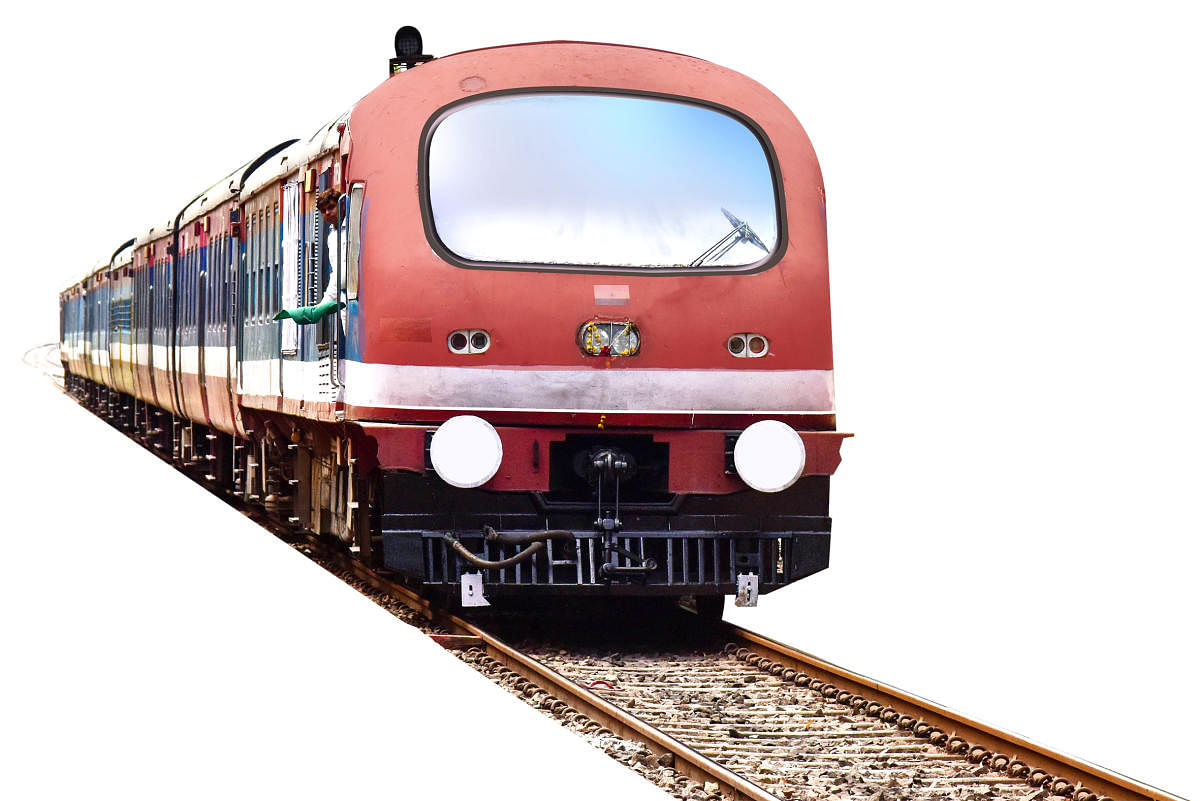The government’s economic survey of the Indian economy for 2019-20 introduced a new word “Thalinomics” to talk about how economics relates to the common man’s daily encounters with food. But what about the government’s approach to the common man’s encounters with his daily commute on heavily congested roads in densely populated cities like Bengaluru? What does the government intend to do about the suburban rail project that has failed to “kick-off” despite repeated mentions in budget speeches year after year?
The finance minister quoted statistics meant to better the lives of Bengaluru’s harried citizens, toiling through badly dug up roads, rapidly increasing vehicular population and delays in implementing the metro rail, in a city recently adjudged to be the most congested city in the world by a Netherlands-based global provider, setting aside 18,600 crore in the 2020-21 Union Budget, towards a much-delayed suburban railway project, a mass transit solution to decongest Bengaluru. The Centre will provide 20% equity for the project and facilitate 60% of external funding.
Most Bengalureans are aware of the project’s details -- a 148-km network with 56 stations for the suburban rail system with four corridors: Kengeri-Whitefield, KSR Bengaluru City-Rajanukunte, Nelamangala-Baiyappanahalli and Heelalige-Devenahalli, with the Karnataka Rail Infrastructure Development Company (K-RIDE) tasked with ensuring project progress. The cost of the suburban rail project is known to every rail commuter of Bengaluru, but what about actual allotment?
Of the Rs 18,600 crore grandiosely set aside by the Finance Minister Nirmala Sitharaman, the South Western Railways has detailed a mere Rs 1 crore as a token amount for the financial year 2020-21. In its Pink Book, a document that outlines this budgetary allocation, this amount may be used for the construction of elevated and at-grade corridors to augment existing line capacities but not for laying lines or construction of the 56 stations across the city. Bengaluru’s harried citizens are unlikely to benefit from the knowledge of the amount set aside, for this is the third time a similar announcement is being made in the Union Budget with the project continuing to remain at the start line.
Having elected the same ruling party at the Centre, the state (and the BBMP), Bengaluru’s harried citizens next awaited the Karnataka government’s budget, presented on March 5, to find the state government had earmarked a grant of Rs 500 crore during 2020-21 and proposed to execute the project through the Rail infrastructure Development Company (Karnataka) Ltd (K-RIDE) through a special purpose vehicle (SPV) to be formed to implement the project.
The repeated mentions in the budget by the government is only causing confusion about the project, pointing towards the lack of a coherent agenda. The ‘please all’ announcements, without corresponding allocations, have made citizens sceptical about the government’s seriousness, demonstrating a lack of significance for budget citations.
The question for Bengaluru’s commuter now is: What could make the government roll out the project? Electing the same party at the Centre and the state does not seem to be enough, nor are the people’s representatives being able to convey the commuter’s agony to the party’s top brass. Given the intensity of India’s slowdown – successive quarters of slowing growth, and of a government living beyond its means -- there is one way, however, that would make the government roll out the project: bringing in a private sector partner.
With modern revenue collection systems, working on RFID (radio frequency identification) technology, ticketing systems today prevent leaks and pilferage, and are relatively foolproof. With revenues guaranteed in a growing city, several private sector players would want to participate in Bengaluru’s suburban rail project, preferably through a special purpose vehicle, independent of the Indian Railways, able to determine the fare, routes and manage operations.
Although the Suburban Railway Policy stipulates that a state government needs to be the primary shareholder of any suburban railway project along with the central government but without any private player, presumably because suburban rail projects need to share existing Indian Railways’ tracks and logistics, this could be tweaked to bring in funding through a Public Private Partnership (PPP), with the government continuing to hold a minority equity stake. Privatization in the Hyderabad metro rail project, where the SPV has a private sector partner, Larsen & Toubro, has been a success story. At worst, some of the 56 stations could be privatized through MoUs similar to the one signed between Namma Metro and Infosys Foundation for development of the Konappana Agrahara station in Electronics City.
Dependant on private sector pools of capital, the government will be forced to listen to a private partner who cares about growth and investment. The finance minister’s clearance of long-pending cabinet notes and the Cabinet Committee for Economic Affairs’ okays would then become formalities aiding the state government and K-RIDE officials to allocate land and funds. The government’s economic survey of the Indian economy for next year could then introduce a new word “Commuternomics”!
(The writer is a former director on the Board of BEML)
